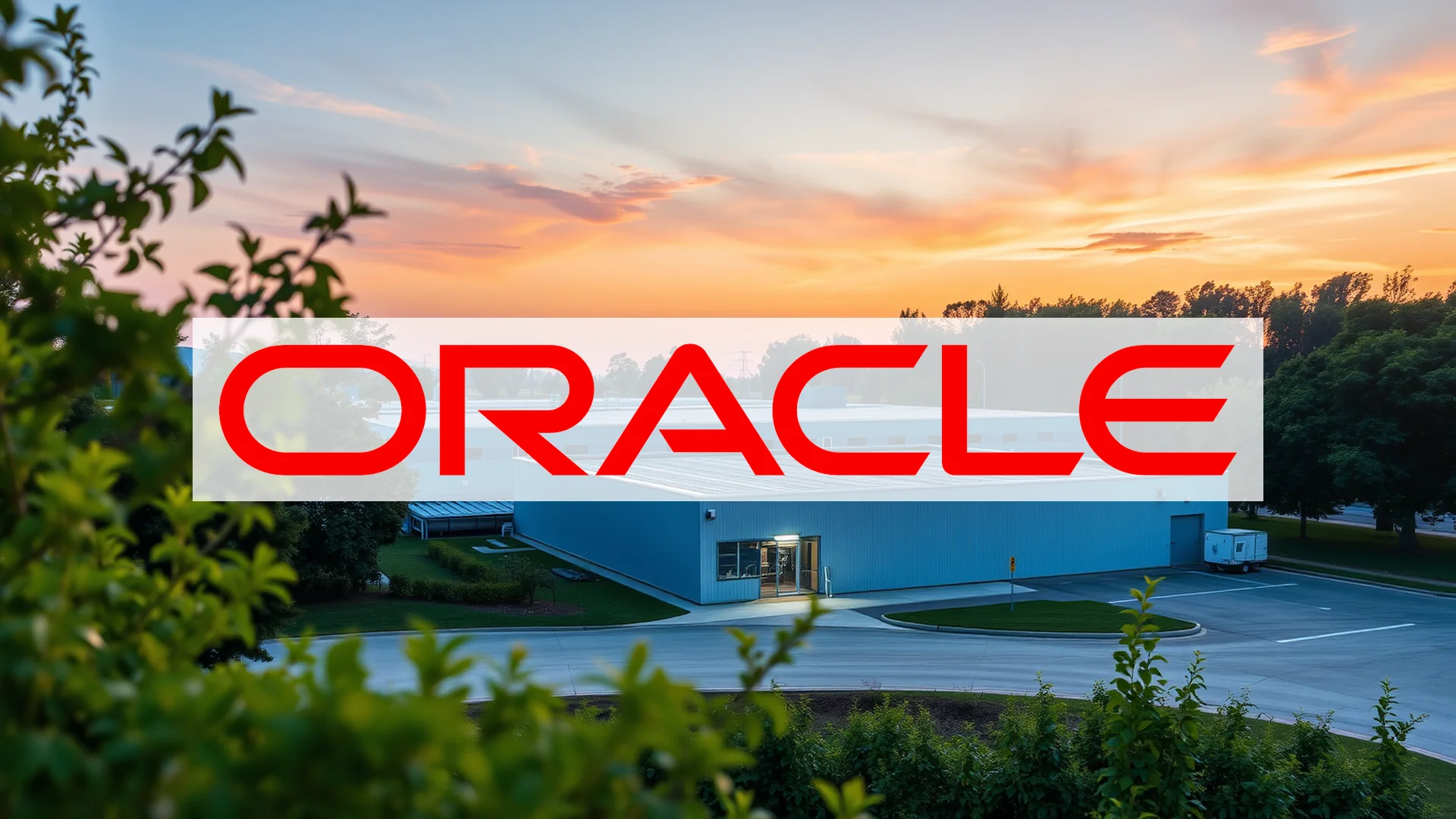Oracle stands at a critical juncture, propelled by artificial intelligence momentum yet confronting investor skepticism ahead of its quarterly earnings release. The technology giant’s massive infrastructure investments coincide with puzzling workforce reductions, creating a complex narrative for the market to decipher.
Unprecedented Cloud Expansion Driven by AI Demand
Oracle Cloud Infrastructure (OCI) has emerged as the company’s primary growth engine, reporting a remarkable 52% expansion last quarter. Company leadership anticipates this acceleration will continue, projecting growth exceeding 70% for the current fiscal year. This surge stems directly from enormous demand for AI processing capabilities, evidenced by a 41% jump in remaining performance obligations to a record $138 billion.
To meet this exploding demand, Oracle has dramatically increased capital expenditures, raising them from $21 billion in FY2025 to over $25 billion in the current fiscal period. This substantial commitment demonstrates the seriousness of Oracle’s AI infrastructure strategy.
Contradictory Signals Create Investor Uncertainty
Despite this aggressive expansion, Oracle has implemented strategic layoffs affecting hundreds of employees worldwide—including within its high-growth OCI division. Company management justifies these cuts as necessary cost-saving measures to fund AI investments simultaneously. This dual approach of substantial spending alongside workforce reduction has generated confusion among investors, raising questions about the sustainability of Oracle’s growth trajectory.
Should investors sell immediately? Or is it worth buying Oracle?
Historical Performance Patterns Loom Large
Market analysts note Oracle’s troubling historical pattern around earnings announcements. Over the past five years, the company’s shares have declined following quarterly results 55% of the time, with an average drop of 3.2%. The single-day maximum loss reached 13.5%, creating what some observers call an “earnings curse” that hangs over the stock regardless of actual performance.
Current expectations remain elevated despite this history. Market experts project revenue growth between 12% and 14%, reaching approximately $15.01 billion. Non-GAAP earnings per share are anticipated to land between $1.46 and $1.50.
Oracle’s stock has exhibited increased volatility approaching this crucial announcement. Despite impressive yearly gains of 22% since January and 54% over twelve months, shares have recently retreated nearly 10% and currently trade approximately 11% below their annual peak. The investment community watches closely to see whether Oracle will capitalize on its AI positioning or succumb to its historical pattern of post-earnings disappointment.
Ad
Oracle Stock: Buy or Sell?! New Oracle Analysis from December 6 delivers the answer:
The latest Oracle figures speak for themselves: Urgent action needed for Oracle investors. Is it worth buying or should you sell? Find out what to do now in the current free analysis from December 6.
Oracle: Buy or sell? Read more here...









